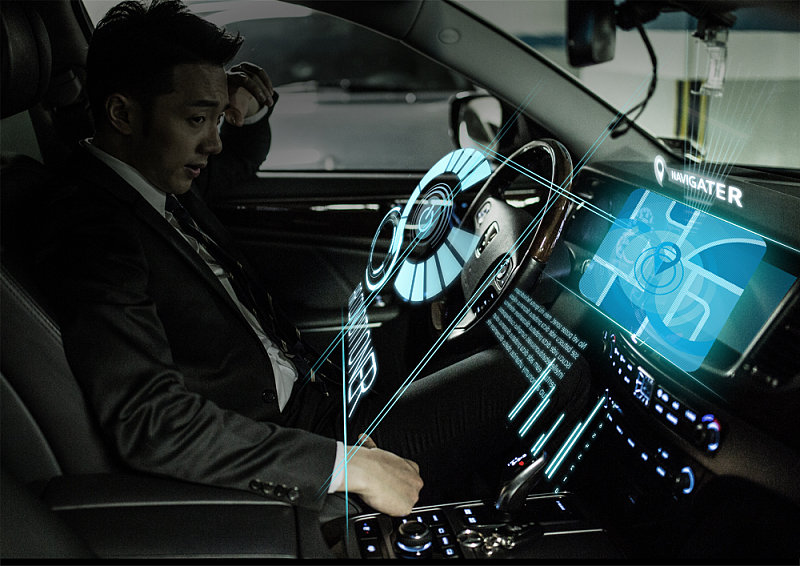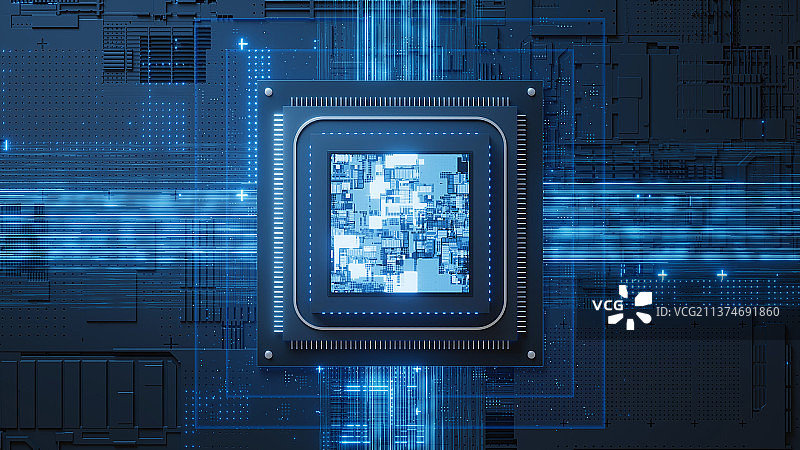Huawei Changan leads the new pattern of smart driving, and the North Securities slows down, and the A rebounds | November 28 th Wonderful Investment Banking Selected Words
With the establishment of Huawei Car bu’s leading intelligent driving company, domestic intelligent driving will form two camps:
1) NVIDIA hardware+software self-research camp headed by Wei Lai, Tucki and LI, as well as traditional car companies such as Geely and BYD who choose NVIDIA hardware+software self-research;
2) The smart car alliance with integrated software and hardware led by Huawei, the backbone of which are car companies with state-owned background such as Changan Automobile, Celes, Chery and BAIC, and traditional state-owned giants such as FAW, Erqi, SAIC and GAC may also join. If you have the ability of self-research, choose the self-research camp; Those who have no self-research ability will directly join Huawei. The third-party intelligent driving company based on NVIDIA scheme will be greatly impacted without an independent hardware moat.

On the automobile side, the market has now accepted the pattern change after the car bu is stripped off. As for the final pricing of the market, it must be institutional pricing. As for the intelligent driving part, the market emphasizes radar and V2X. V2X is still a cost problem for non-high-speed scenes. Who will invest in it? At present, there are three lidar as standard, but after integrating other sensing and algorithm optimization, only one lidar will not affect the main functions of L3, so it is necessary to distinguish between L3 and L4-L5 scenes. From the hardware side, the intelligent driving accessories do not need to be disassembled separately, but can be integrated into the product force. The core competitiveness of real smart driving lies in the car chip system and algorithm, which is also the key to whether the China car catching up with L3 can continue to compete with tsl in L4 and above. As I said many years ago, the restriction on chips is to crack down on high-end industries in China, including autonomous driving.

Now the market style has returned to the event-driven, rather than the concept of new year’s demon stock speculation. For example, from speculating the prefix "3" to the cooperation between Huawei and Changan Automobile. This further shows that the active funds in the market are limited. At present, the index is still in the adjustment stage, but the adjustment range is not large, and the style is biased. Under the background of adjustment, some tracks still go out of a small upward trend. You can see more tracks with development potential.

Today, the transaction volume of the two cities was 772.8 billion, which was 56 billion less than yesterday. The transaction volume fell to the lowest level in November, and the possibility of subsequent changes increased. Today, Huawei’s smart cars are more active, and the computing power module is sluggish. In terms of emotional stocks, the five-in-six Weishi electronic disk is out of the sky, and it is still in the trial and error period, so it is better to watch more and move less.

In 2024, the fiscal policies of China and the United States are likely to continue to be reversed. In order to boost the economy and strengthen fiscal stimulus in China, the central government will increase leverage, and the upward issuance of bonds will push up the yield of China’s ten bonds, while the United States will weaken its fiscal policy because of issues such as general elections, thus pushing down the margin of US ten bonds. The former is bad news for small-cap stocks that rely on liquidity, while the latter is good news for large and medium-sized blue chips favored by foreign investors.

